Sugar hides in plain sight—especially at the breakfast table. That yogurt parfait, that “whole grain” cereal, even your seemingly innocent smoothie could be packing more sugar than a slice of cake. Many foods marketed as healthy or “low-fat” alternatives actually rely on added sugars to boost flavor, turning your morning meal into a dessert in disguise.
While a sweet start may feel satisfying in the moment, it often leads to an energy crash just hours later—leaving you sluggish, hungry, and reaching for another pick-me-up. The real problem? Most people don’t realize just how much sugar they’re consuming before 10 a.m.
By becoming aware of the sneaky sugar sources hiding in your breakfast, you can make more informed choices and set your day up for sustained energy, sharper focus, and better health. Here are 15 of the worst offenders quietly spiking your blood sugar each morning.
1. Yogurt Cups Packed With Sweet Surprises

Fruit-flavored yogurt often packs more sugar than ice cream! A single 6-ounce container can contain up to 19 grams of added sugar—that’s nearly 5 teaspoons.
The fruit at the bottom isn’t just fruit. It’s usually a sugary jam or syrup that transforms this protein-rich food into a dessert. Even varieties labeled “low-fat” typically compensate with extra sugar for flavor.
Greek yogurt isn’t automatically better either. Always check labels and consider buying plain yogurt instead, adding fresh fruit and a drizzle of honey for natural sweetness you control.
2. Granola’s Crunchy Sugar Coating
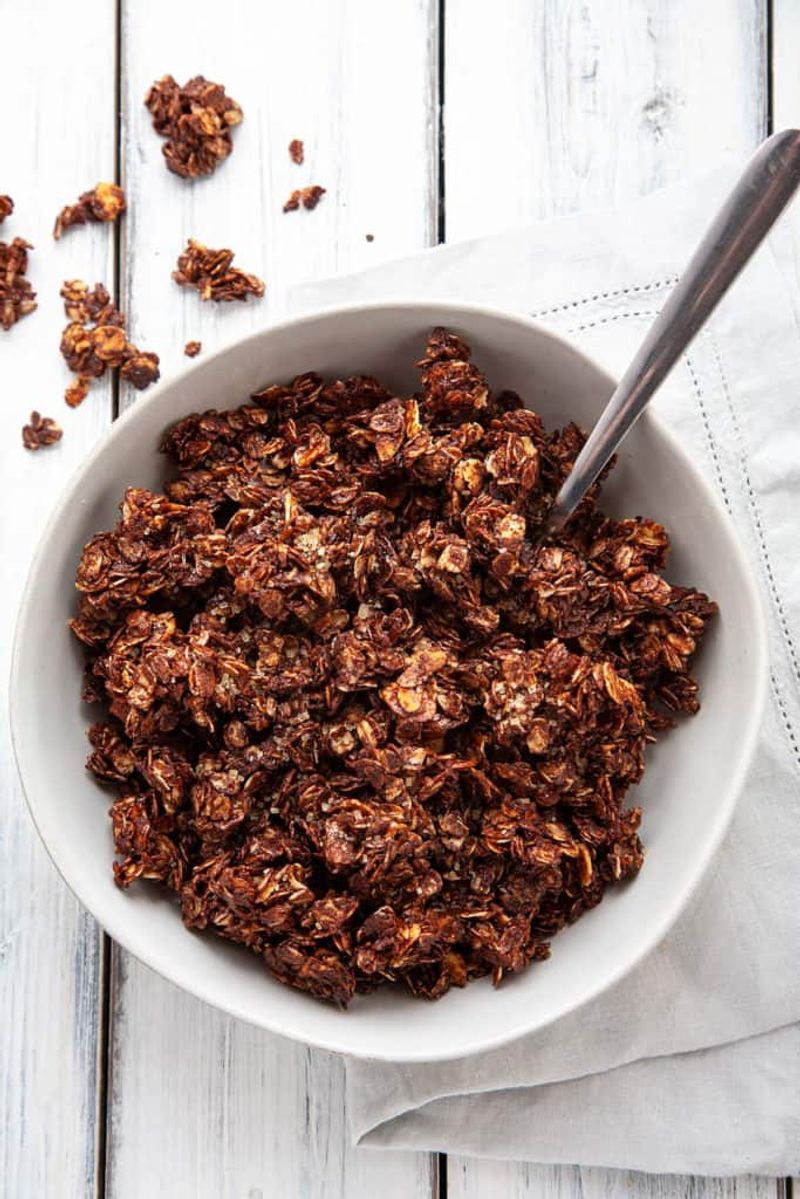
Granola’s healthy reputation hides its sugary reality. Most store-bought varieties contain 12-15 grams of sugar per serving—and who actually sticks to those tiny suggested portions?
Manufacturers coat the oats and nuts with honey, maple syrup, brown sugar, or corn syrup before baking. Those crunchy clusters form because sugar hardens as it cools. Even organic and natural versions often contain dried fruits coated in sugar.
The calorie density combined with high sugar content makes granola more like dessert than breakfast. Make your own at home with less sweetener to control what goes into your morning bowl.
3. Breakfast Cereals: The Morning Sugar Bowl
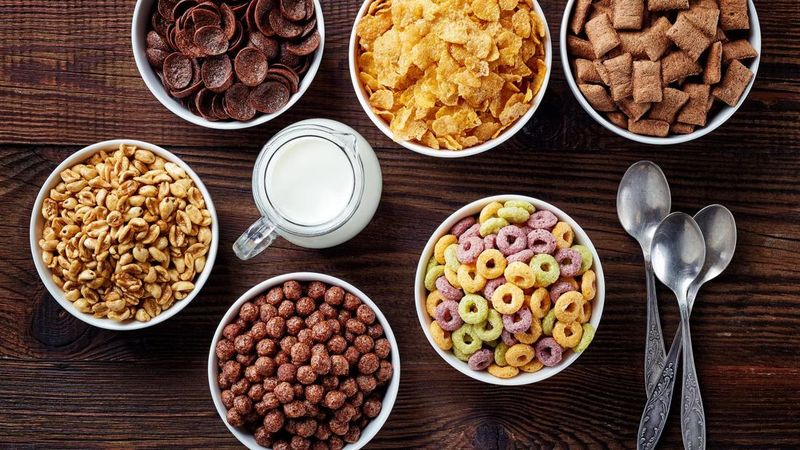
Colorful boxes featuring cartoon characters often signal sugar bombs in disguise. Some children’s cereals contain up to 50% sugar by weight! Even “healthy” adult cereals with whole grain claims can pack 10-15 grams per serving.
Manufacturers hide sugar under different names like high-fructose corn syrup, dextrose, or rice syrup. The sweet coating makes those flakes and puffs more appealing while extending shelf life.
Fiber content doesn’t offset the sugar problem. Many cereals with “fiber” prominently displayed still contain more sugar than a chocolate chip cookie, creating blood sugar spikes rather than sustained energy.
4. Flavored Coffee Drinks: Liquid Dessert
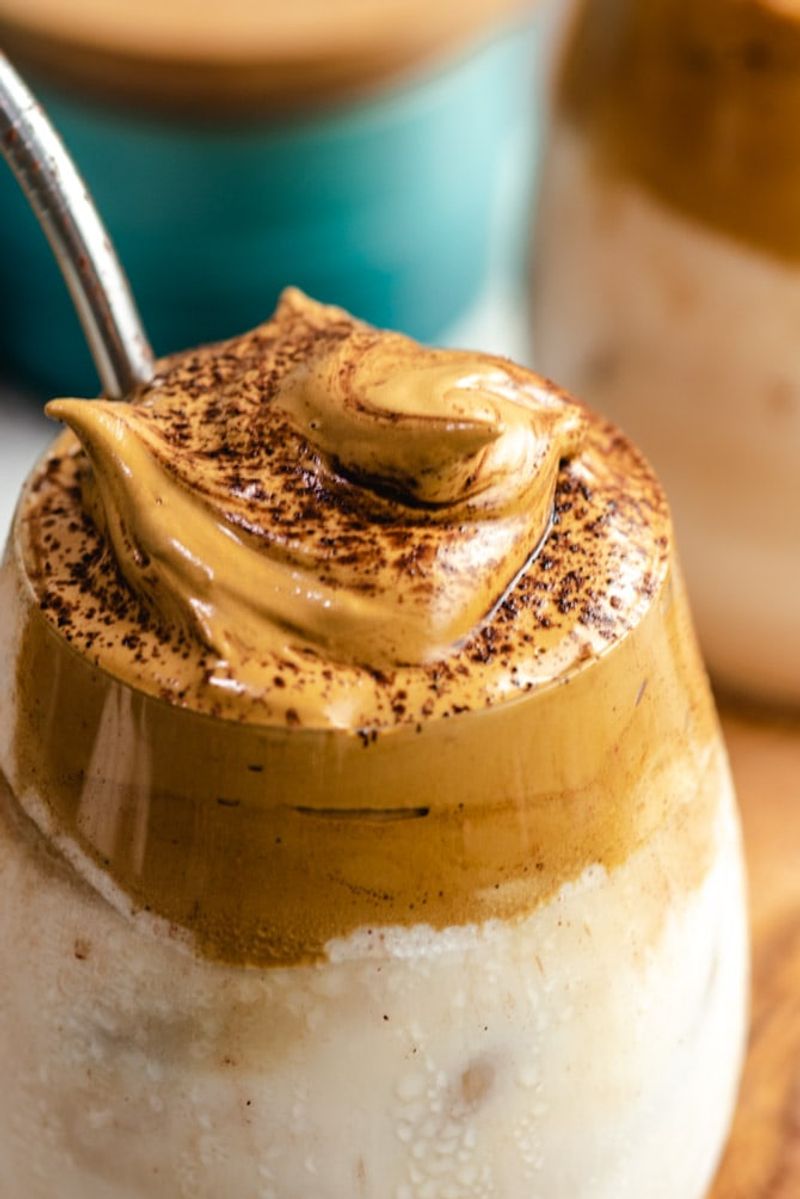
That vanilla latte might taste like morning comfort, but it’s secretly a milkshake in disguise. A medium flavored coffee drink from popular chains can contain 30-60 grams of sugar—that’s up to 15 teaspoons!
Flavored syrups, whipped cream, and sweetened milk alternatives transform plain coffee into liquid candy. Even seemingly innocent options like caramel macchiatos or mocha drinks derive most of their calories from added sugars.
The caffeine might wake you up, but the sugar crash follows soon after. Try switching to plain coffee with a splash of milk, or ask for half the standard pumps of syrup to cut sugar dramatically.
5. Juice Boxes: Fruit Sugar Concentrate
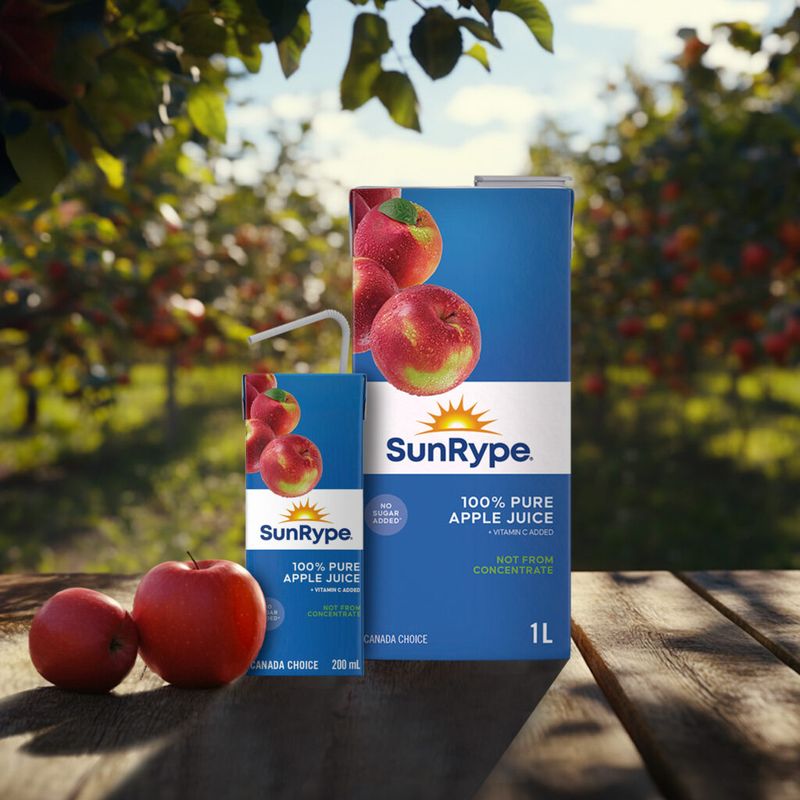
That small juice box might seem healthy because it contains “100% fruit juice,” but it’s essentially concentrated sugar without the fiber. A typical 8-ounce serving contains about 24 grams of sugar—comparable to soda!
The processing removes fiber while concentrating natural sugars from multiple fruits. Your body processes these sugars similarly to added sugars, causing the same blood sugar spikes.
Even worse, many juice products contain additional sweeteners beyond the fruit juice. Try eating whole fruit instead—you’ll get fiber, feel fuller, and consume less sugar while still enjoying natural fruit flavors.
6. Breakfast Sandwiches: Savory Sugar Carriers
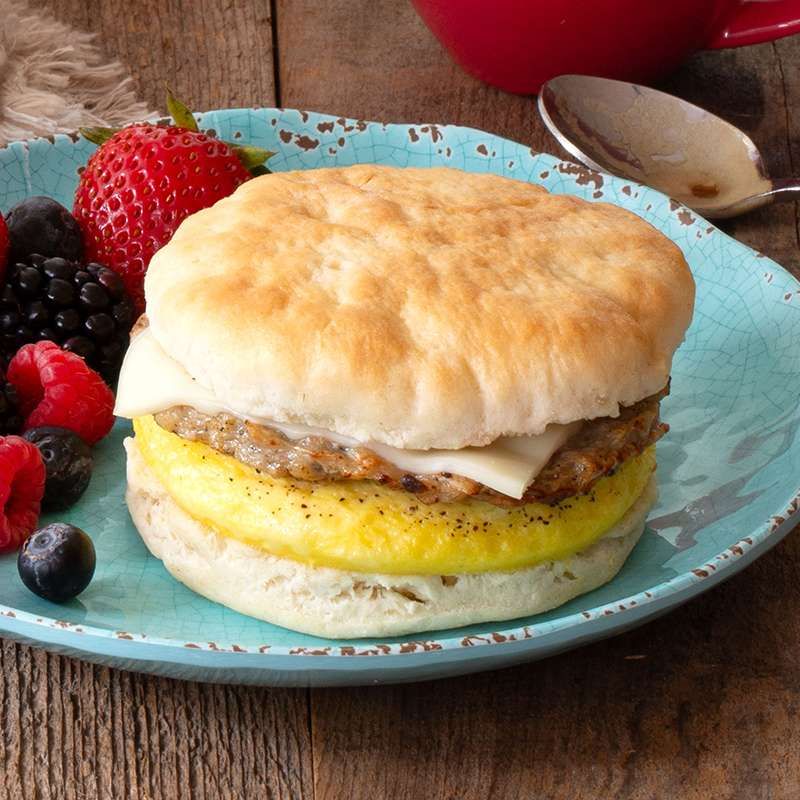
Fast-food breakfast sandwiches hide sugar in places you wouldn’t expect. The bread alone can contain 5-8 grams, while processed meats like sausage and bacon often include sugar as a preservative and flavor enhancer.
Even the cheese and condiments aren’t innocent. American cheese slices contain added sugars, and ketchup packs about 4 grams per tablespoon. The seemingly savory meal can easily deliver 15+ grams of hidden sugar.
Making your own sandwich at home with whole grain bread, fresh eggs, and natural cheese cuts sugar dramatically while still giving you that satisfying breakfast experience.
7. Smoothies and Shakes: Blended Sugar Bombs
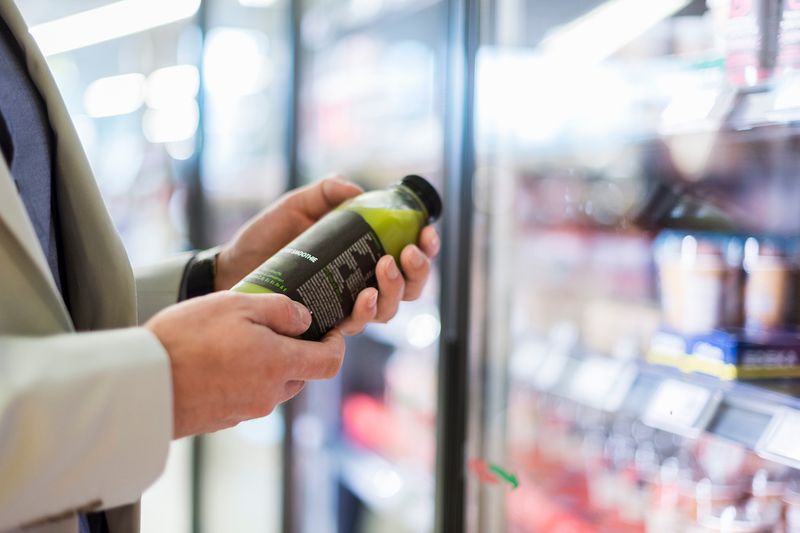
Commercial smoothies often contain more sugar than milkshakes! A medium fruit smoothie from popular chains can pack 50-70 grams of sugar—that’s like eating 17 sugar cubes for breakfast.
The culprits include fruit juice bases, sweetened yogurt, honey, agave, or sherbet added for flavor. Even the “protein” varieties typically contain sweetened protein powders or flavored yogurt that add unnecessary sugar.
Make smoothies at home using whole fruits, unsweetened milk alternatives, and plain yogurt. Add vegetables like spinach or cauliflower to boost nutrition without increasing sugar content.
8. Breakfast Bars: Candy Bars in Disguise
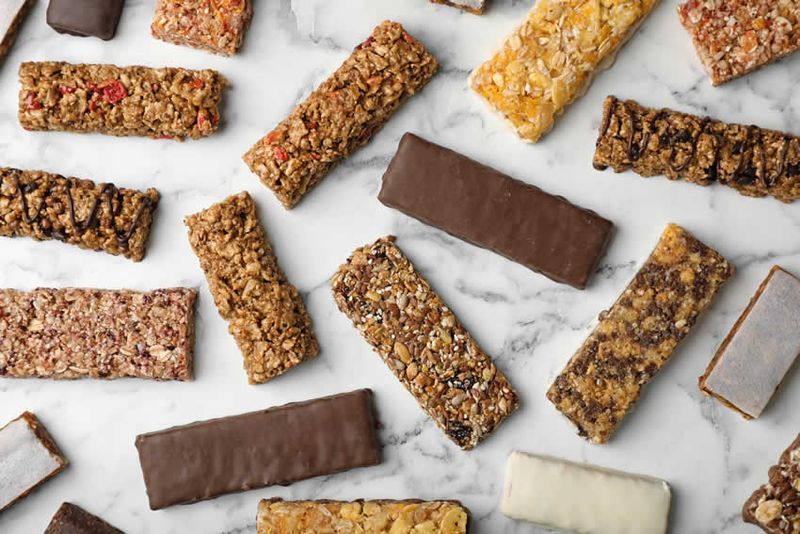
Granola bars, breakfast bars, and cereal bars often contain as much sugar as candy bars despite their healthy marketing. Many popular brands pack 12-20 grams of sugar in a single small bar.
The sticky substance holding those oats and rice crisps together? Usually corn syrup, brown rice syrup, or honey. Chocolate chips, yogurt coatings, and dried fruits add even more sugar to the mix.
Even protein-focused varieties typically contain sugar alcohols or artificial sweeteners. For a better option, try making energy balls at home with oats, nut butter, and just a touch of honey.
9. Pastries and Muffins: Morning Cake
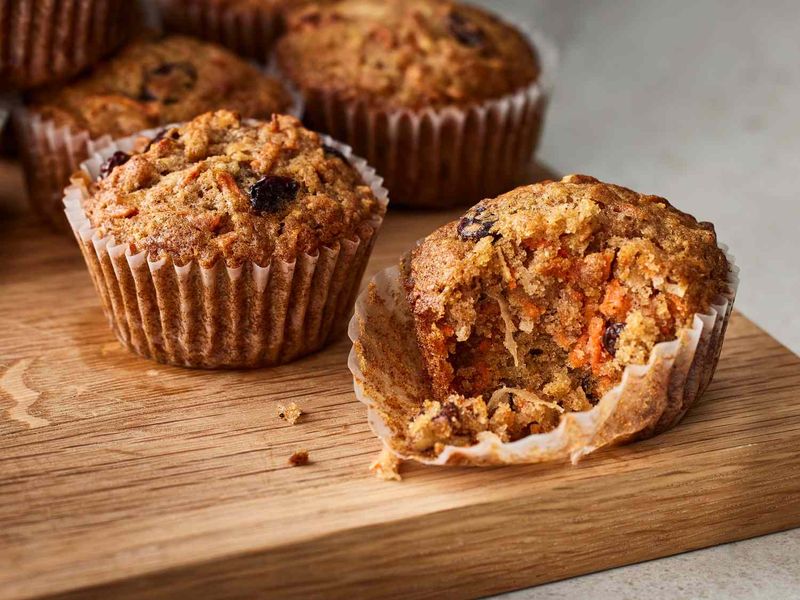
That coffee shop muffin might as well be called what it is—cake for breakfast. Commercial muffins often contain 30-40 grams of sugar, while danish pastries and cinnamon rolls can reach 50+ grams per serving.
Size matters too. Today’s bakery muffins are often 2-3 times larger than standard serving sizes, multiplying sugar intake. Even seemingly healthy options like bran muffins or those containing fruits and nuts typically contain significant added sugars.
Bakery items made with refined flour cause additional blood sugar spikes. For a better option, try making smaller homemade versions with less sugar and more whole grains.
10. Instant Oatmeal Packets: Convenient Sugar Delivery

Those little packets promising quick, healthy breakfasts often contain 10-15 grams of added sugar each. Flavored varieties like maple brown sugar or apple cinnamon get most of their taste from sugar, not actual maple or apples.
The fruit pieces in fruit-flavored packets are usually sugar-infused dried fruit bits, adding even more sweetness. The processing also breaks down the oats’ complex carbohydrates, making them digest more quickly and spike blood sugar faster.
Plain rolled or steel-cut oats take just slightly longer to prepare but contain zero added sugar. Add cinnamon, fresh fruit, and a sprinkle of nuts for flavor without the sugar overload.
11. Flavored Cream Cheese: Sweet Spread Surprise
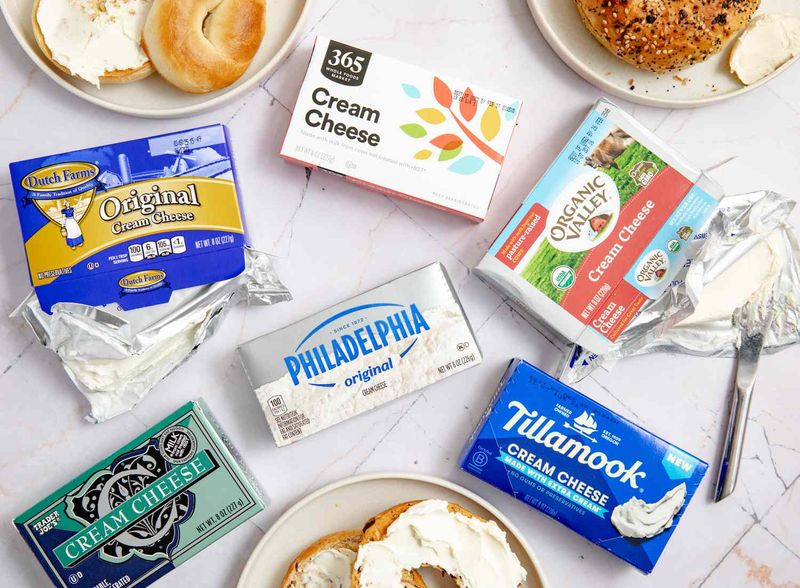
Strawberry or honey-nut cream cheese transforms your bagel into dessert territory. Just two tablespoons of flavored cream cheese can contain 5-7 grams of added sugar, while regular cream cheese contains none.
The fruit flavors come primarily from sugar-sweetened fruit concentrates rather than actual berries. Even savory varieties like veggie cream cheese often contain added sugar to enhance flavor and extend shelf life.
The combination with a bagel (which has its own sugar content) creates a double sugar hit. Try regular cream cheese with fresh sliced strawberries or a sprinkle of cinnamon for flavor without the added sweeteners.
12. Flavored Milks: Dairy Dessert Drinks
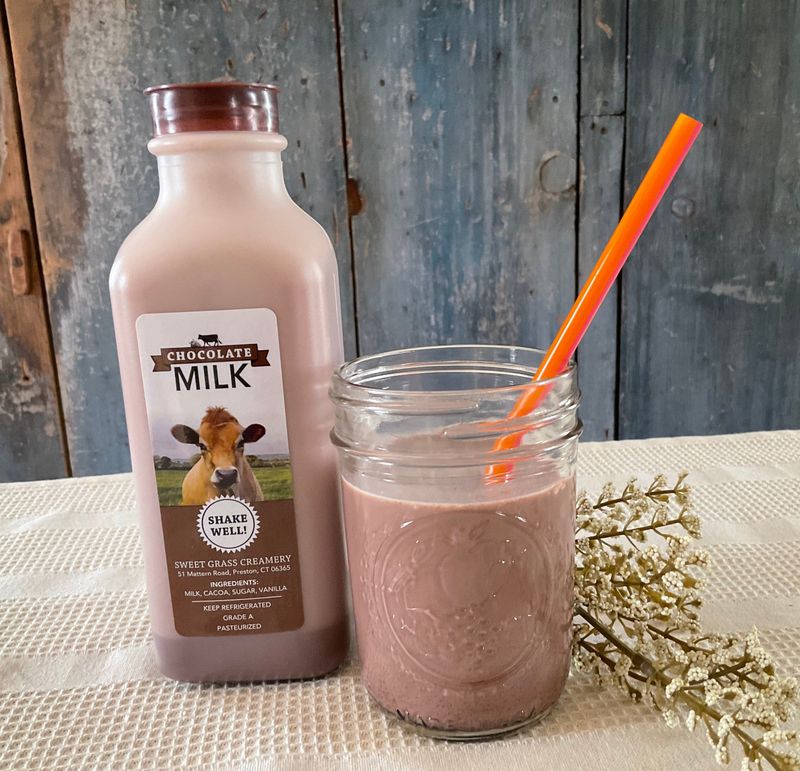
Chocolate milk isn’t the only culprit—vanilla, strawberry, and coffee-flavored milks all contain significant added sugars. A single cup of flavored milk typically contains 12-24 grams of sugar, with chocolate varieties at the higher end.
Plant-based alternatives aren’t automatically better. Flavored almond, oat, and soy milks often contain more added sugar than dairy versions to mask bitter aftertastes. Even vanilla varieties labeled “original” typically contain added sweeteners.
The protein in milk doesn’t offset the sugar problem. Choose unsweetened milk options and add flavor with a sprinkle of cinnamon, vanilla extract, or a small amount of cocoa powder.
13. Frozen Waffles and Pancakes: Sweet Grid Patterns
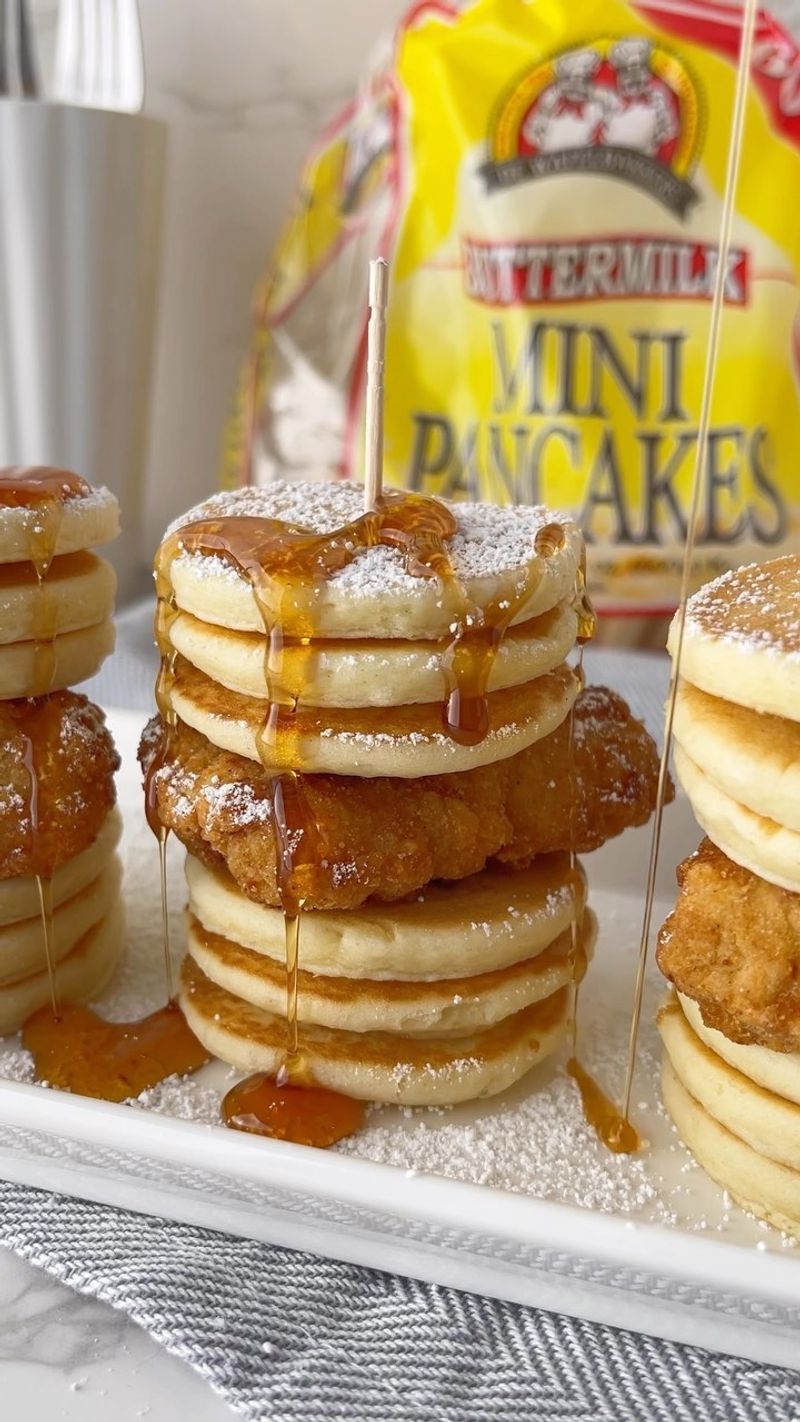
Those convenient frozen breakfast discs contain surprising amounts of hidden sugar. A serving of two medium frozen waffles typically contains 4-8 grams of sugar before you even add syrup.
The batter usually contains sugar to enhance browning and extend shelf life. “Whole grain” varieties often contain more sugar to mask the bitter taste of whole wheat flour. Add chocolate chips or fruit varieties and the sugar content doubles.
Then comes the syrup—just two tablespoons adds another 24 grams of sugar! Try topping with nut butter and fresh fruit instead, or make a batch of homemade waffles on weekends to freeze without the added sugars.
14. Protein Powders: Muscle-Building Sugar
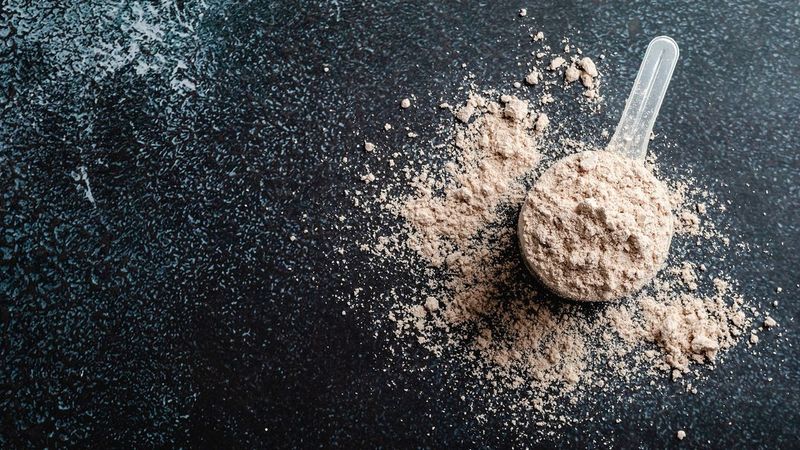
Many breakfast protein shakes market muscle benefits while hiding their sugar content. Popular brands can contain 10-20 grams of sugar per serving, especially those labeled as meal replacements or “mass gainers.”
Flavored varieties like vanilla, chocolate, and strawberry rely on sugar to mask the chalky taste of protein isolates. Even those with “zero sugar” claims often contain artificial sweeteners that may increase sugar cravings later in the day.
Check ingredients carefully—sugar might appear as dextrose, maltodextrin, or fructose. Unflavored or naturally flavored versions with fewer ingredients make better choices for morning protein boosts.
15. Bread: The Sneakiest Sugar Source
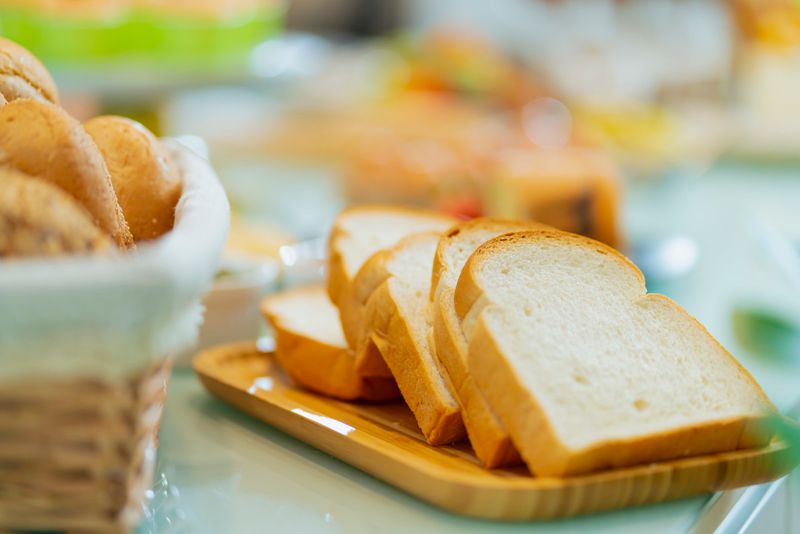
Even your morning toast harbors hidden sweeteners. Commercial white bread typically contains 1-3 grams of sugar per slice, with “premium” varieties often containing more to enhance flavor and browning.
Whole wheat bread isn’t necessarily better—manufacturers often add extra sugar to offset the bitter taste of whole grains. Specialty breads like cinnamon raisin or honey wheat can contain 5+ grams per slice.
Sugar appears under many names: high-fructose corn syrup, barley malt, or dextrose. Sourdough bread typically contains less added sugar, making it a better choice for your morning toast.
Leave a comment